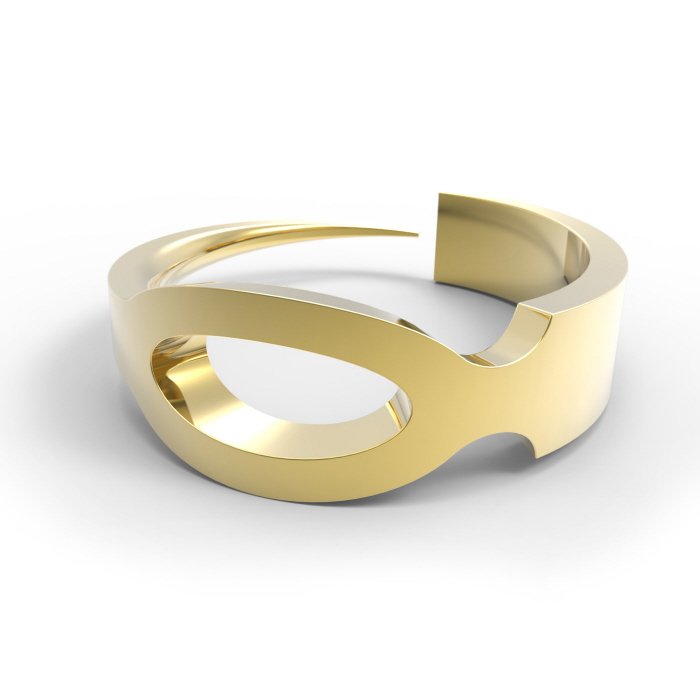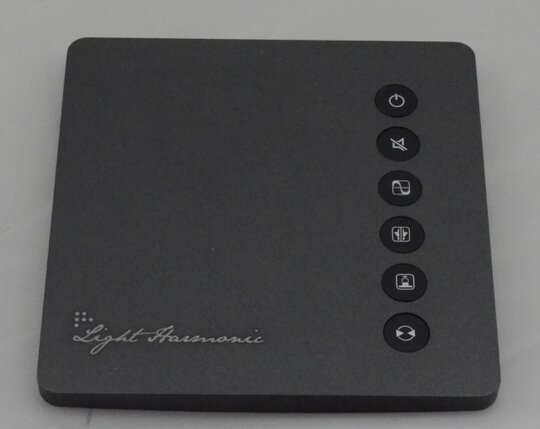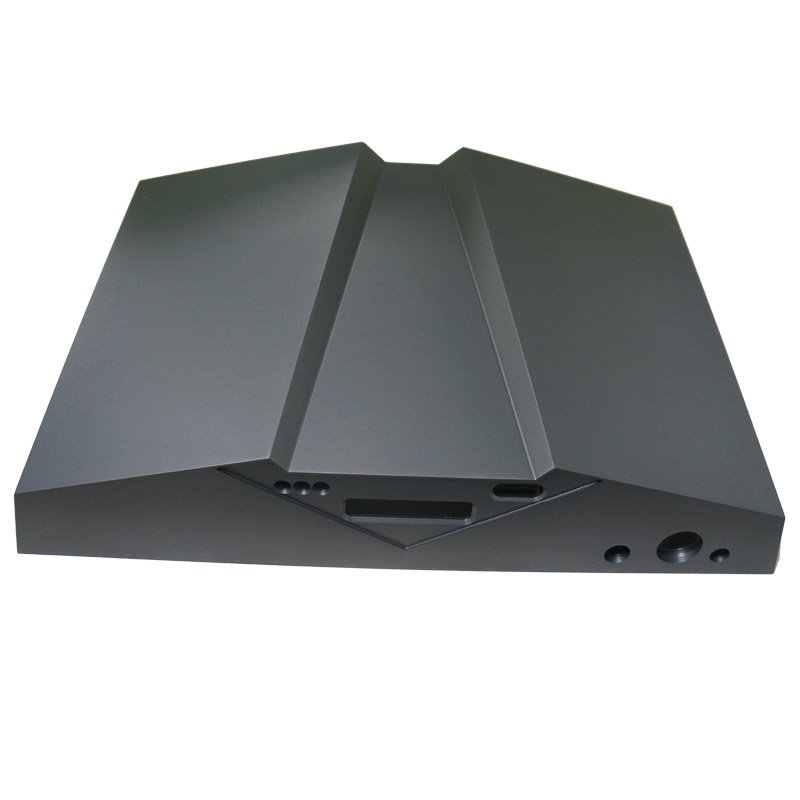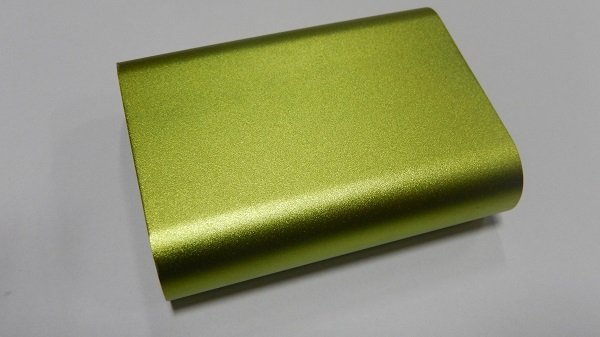Get in touch.
Dear,I will reply in 12 hours. All your message are protected!
Rapid Prototyping Services, Professional manufacturer of CNC Prototyping and 3D Prototyping in China.
When companies are developing new products,they need to make prototypes for the design.A prototype is to test the feasibility of product design, find out the deficiencies,and further improve it to make it perfect. There are three main purposes of making prototypes,
1.Verify the appearance,structure and dimensions of prototypes etc.
2.Display on the exhibition
3.Sell as finished products directly
If you want to sell the prototypes just like the products,you need to make the surface finish look as close as real products.Without the surface finish,the prototypes are just prototypes.Now we’d like to show you some commonly-used finish techniques for the prototypes.


Plating:The prototypes before plating need to be very smooth.Any dirt is not allowed.Then we soak it in the chemistry liquids.There are two types of plating,electroplating and electroless plating.In general,plastic and metal parts could be plated.The effect of plating plastic parts is better than metal parts.But PC parts do not have good plating effect.


UV curing:Paint the prototypes with clear paint,cured by UV light to make the prototypes brighter and protect it not being scratched.
© 2005-2025 Shenzhen Tuowei Model Technologies Co., Ltd. | All Rights Reserved 粤ICP备11096697号